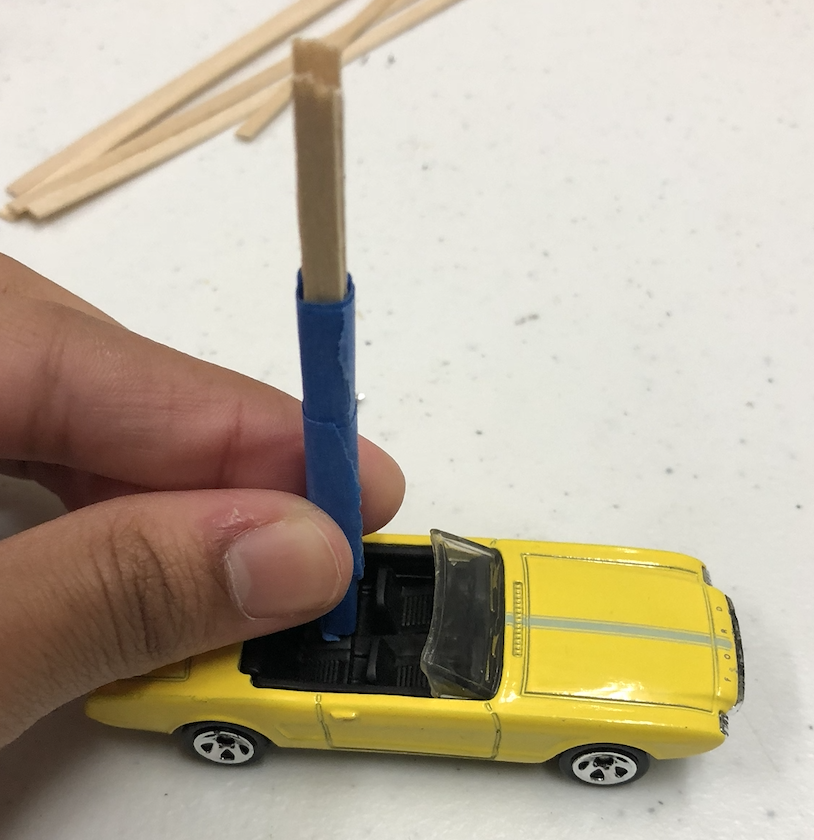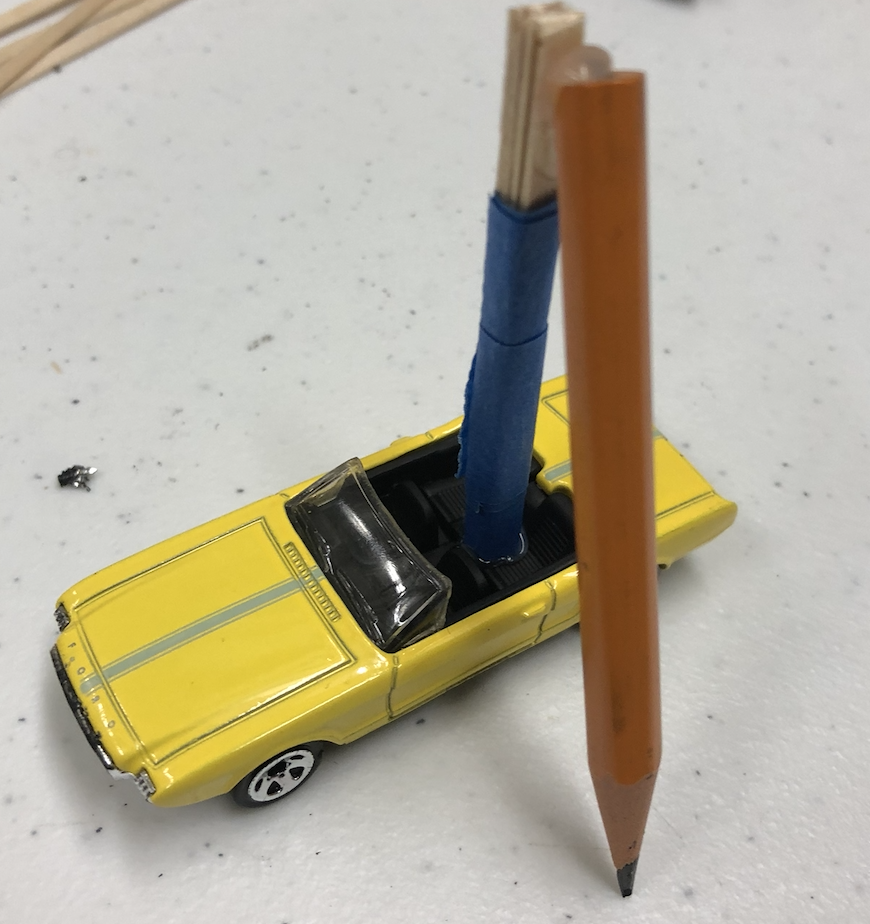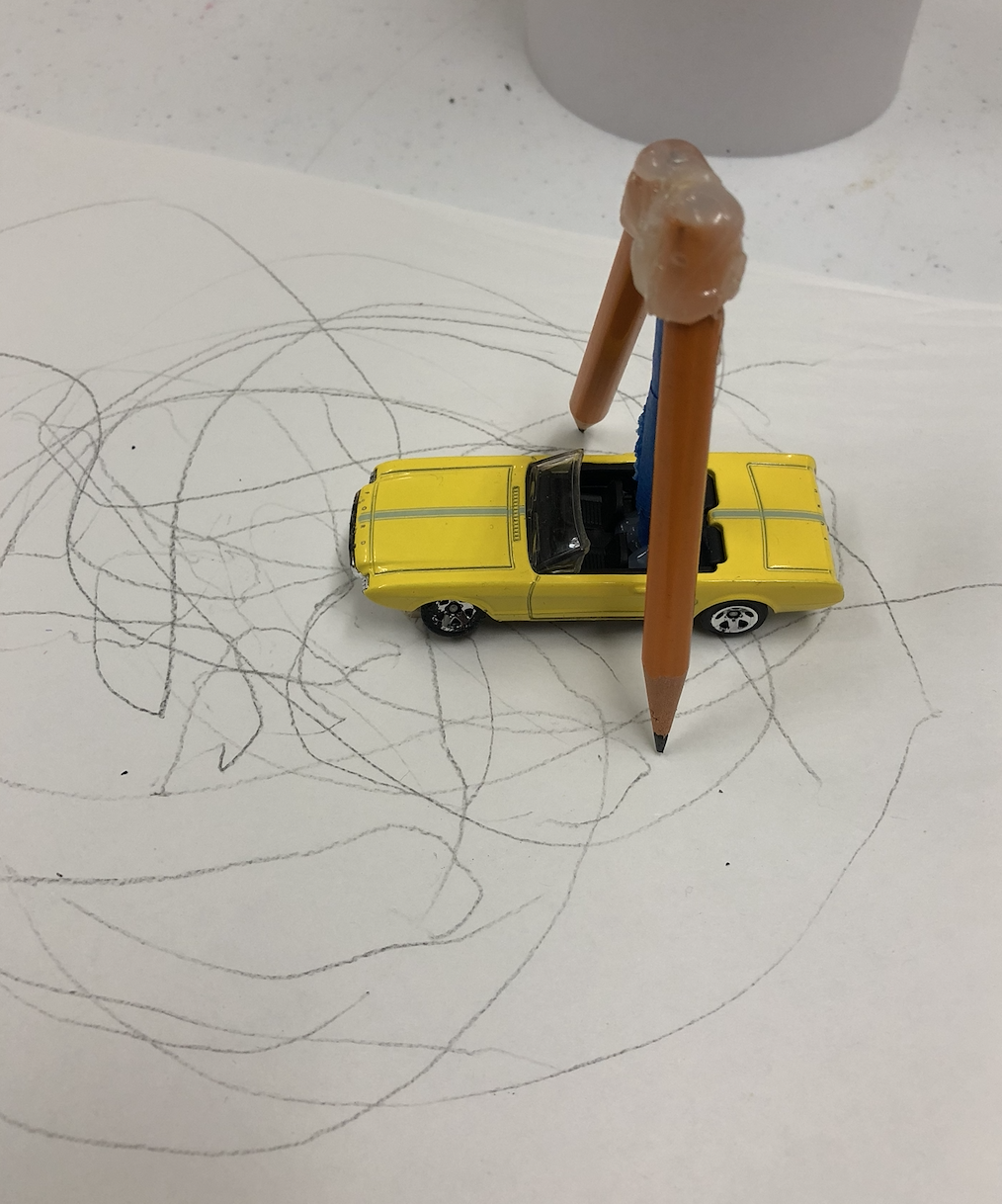Dear Toy Car,
I played with you for as long as I can remember. My parents surprised me with it when I was 2. I played with you for a while before I got over it. Since I have got you, you are now all scratched up, bent, and chipped. I threw you around and didn’t take the best care. Now it is time for me to rebuild and reinvent you.
I think that the object needs to be changed because all cars look and are put together just about the same. Cars are also built so that they move in certain directions such as (forward, backwards, and sideways). I think the object should be changed to challenge it to move in a non conventional way. For example like we’ve been doing with our drawing machines, I would like to give the toy car more control instead of it moving in a traditional way. I would like to see the different ways a toy car can be put together to give it a unique look instead of looking like a traditional car.
I would like to reconstruct the car in a way that it would look different then it did before, but also still be able to move. I want it to operate and look original while still being able to function as a car. I want to change some of the parts around and change some of the functions of the parts. I would also want to destroy the car and replace the parts with parts from maybe another model or even with other materials. Overall, I would like to do what we’ve been doing with our drawing machines which is giving the machines or object more control which is what I want to achieve with this project.
Now that you have been rebuilt, you are different then you were before. The way you move is strange and your appearance has been altered. You are not the same as you were before. I like the new you. You are a bit more intricate in the way that you move and are designed. I like the new you, but also miss the old you. You are still as fun to play with now then you were before. Who knows maybe in the future you will adjust again. There are still things about you that have the ability to evolve and hopefully in the future those changes will take place.
I loved reconstructing the toy car, I thought it was a very interesting object to use. At first, I had a little trouble coming up with ideas on how to change it. I started by taking the bottom off the car, but that wasn’t exactly working. I then resorted to trying to take off the wheels, but that didn’t work either. So I ended up hot gluing the wheels so that they could no longer function. From there I continued on trying to figure out how to make it into a drawing machine. I then had the idea to put two pencils on each side of the car so that when the car moves it leaves pencil marks behind. I thought that the new machine had a solid amount of control. Not having the wheels working made it more challenging when trying to move the car normal and drive it around. I created a bit of a confrontation between the machine and the person testing it out, which was interesting to see. Overall I thought that the machine turned out great and would like to continue evolving this machine over time.
Broekmann talks a lot about technical failure and the frustration that comes with it. That definitely related to this studio project. When the machine “failed” or didn’t work the way I wanted to it was a little frustrating at times, but then it challenges you to come up with an alternative and try and work out the problem. I also think that when something doesn’t go your way you work even harder to come up with a solution which is what happened to me during this project. He also states “the three-dimensional, the solution of new problems requires more elaborate technical means, and finally the necessity to create “images,” “artworks” that merely entertain the layperson—or rather repel him—is considered critically” (pg. 11). He talks about how in order to solve a problem you have to come up more elaborate ideas in order to create art.
Overall I had a great time with this project and definitely want to continue altering the toy car because I think it is at the beginning stage of what it can do and become.






